Last updated on January 24, 2024

Doubling Cube | Illustration by Mark Tedin
As someone from Reddit once described them, Chromatic Cubes should be called Magic Christmas Land – the place where all your big, 5-color dreams can come true!
If you haven't drafted before, cubes are perhaps not the best jump-in point into the world of Limited formats (if you want to get your toes wet, Niels' in-depth introduction to MTG Arena drafts has you covered!), but if you already have a few Quick Drafts under your belt and would like to try something a bit more off-the-wall than what Standard sets have to offer, then Chromatic Cubes may be down your alley.
Let's take a look at the whats, hows, and whens of this wacky format!
What is Chromatic Cube?
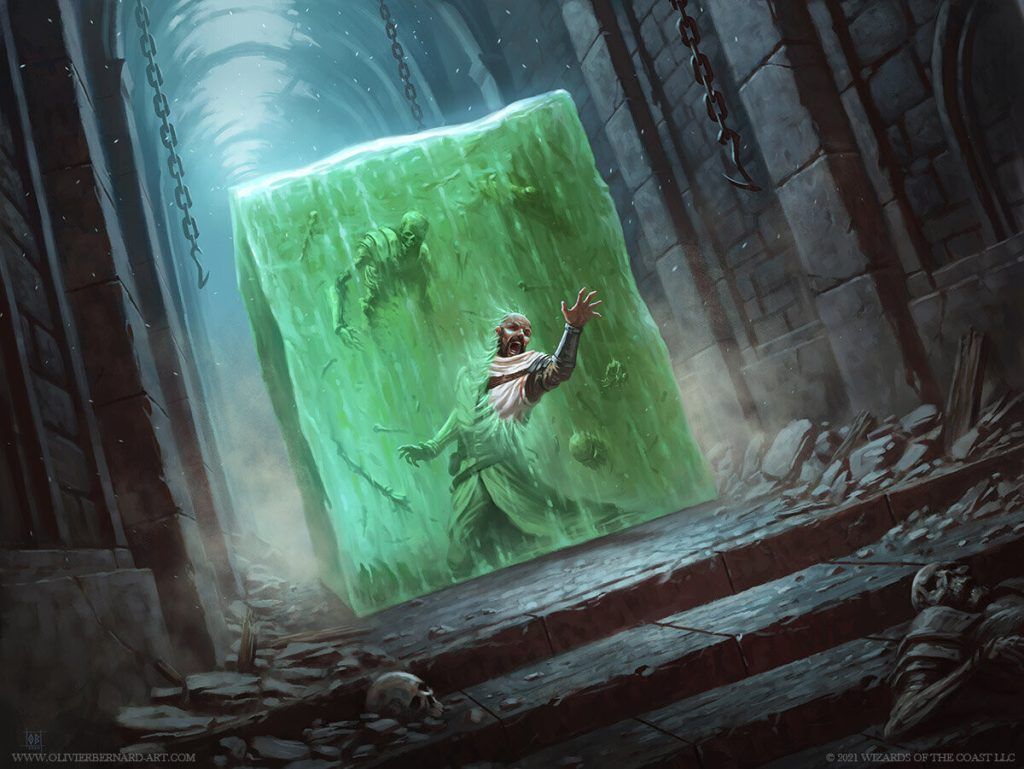
Gelatinous Cube | Illustration by Olivier Bernard
Chromatic Cube is an Arena Cube Draft format featuring the biggest most colorful Limited experience you can find.
In MTG parlance a cube draft, or just “cube”, is a custom draft format. They’re like regular drafts but with the cards hand-picked from all across Magic by the cube's designer. Rather than players opening boosters from a specific set, a cube's creator curates a pool of cards from whichever sets they think are the most fun, and then players draft from that pool.
So for example, you could design a high-powered cube that uses only Modern-legal rares. Or go below Pauper Cube levels and just include Standard-legal commons. Or mesh Wilds of Eldraine and March of the Machine, but without their bonus sheets. Adding as much or as little removal as you wish. Or, really, do anything you want, mixing and matching for any sort of synergies, flavors, and power level that you think will be fun – designing and building cubes is, for some folks, the Magic in MTG.
The huge majority of cubes are something players do by themselves, to play casually with friends – in a way, cubes are to Limited formats what Commander is to Constructed: a format in which players take the reins from Wizards, and where each playgroup can tailor the rules and which cards are allowed. But in MTG's online platforms, namely MTGO and MTG Arena, there are several cube formats that Wizards of the Coast has curated themselves.
Take the three types of cubes on MTGA: Arena Cube, the Tinkerer's Cube, and Chromatic Cube. Their only difference is their pool of cards, with Chromatic Cube having:
- A lot less cheap, aggressive creatures,
- A lot more mana rocks and ample access to mana fixing,
- Lots of big, cool stuff that cost a lot of mana to cast, and often of multiple colors (hence its “chromatic” name).
The different pools of cards do lead to a very different drafting experience. According to MTG Arena's David McDarby: “Tinkerer's Cube asks you to build a synergistic machine and express yourself, your drafting skills, and your deck-building prowess. Arena Cube asks you to play with the strongest cards around and prove that you can handle the power and demonstrate your amazing abilities. And Chromatic Cube asks you to play cards with lots of colors, lots of mana, and experience thrilling turns of wacky action.”
Who is Chromatic Cube For?
The power gamers of Magic, sometimes called Timmy or Tammy, want to put the strongest cards to work and love Chromatic Cube. Cubes in Arena are mostly about three things: playing with lots of powerful cards, combining cards from different sets, and pulling off crazy stuff.
Chromatic Cube's favorite flavor of crazy is, as its name implies, multi-color shenanigans: Breach the Multiverse, Chandra, Hope's Beacon, One with the Multiverse, The Great Henge, and Sune's Intervention are great examples of cards in this cube.
In other words, cubes offer Arena drafters a departure from drafting with Standard sets, and are ideal for players that enjoy high-powered formats.
That being said, there are a few caveats to keep in mind:
- Cubes are a special event and therefore not always available.
- Cubes are phantom drafts, so unlike the usual draft formats in Arena (Quick Draft, Premier Draft, and Traditional Draft), you do not keep the cards.
- Cube rewards are in gold and Individual Card Rewards (ICRs), rather than gems and packs.
The entry fee is either 4,000 gold or 600 gems, both for the Best-of-One mode or Traditional Best-of-Three.
Here are the rewards if you play Best of One, with each draft run lasting until you reach either seven wins or three losses:
BO1 Reward Table
| Wins | Gold | Individual Card Rewards (ICRs) |
|---|---|---|
| 7 | 6,000 | 2 Historic rare ICRs 1 Historic uncommon ICR |
| 6 | 5,000 | 2 Historic rare ICRs 1 Historic uncommon ICR |
| 5 | 4,000 | 2 Historic rare ICRs 1 Historic uncommon ICR |
| 4 | 3,000 | 1 Historic rare ICR 2 Historic uncommon ICRs |
| 3 | 2,000 | 1 Historic rare ICR 2 Historic uncommon ICRs |
| 2 | 1,000 | 1 Historic rare ICR 2 Historic uncommon ICRs |
| 1 | 500 | 1 Historic rare ICR 2 Historic uncommon ICRs |
| 0 | - | 1 Historic rare ICR 2 Historic uncommon ICRs |
And here are the rewards if you play Best of Three with sideboards; in this case, you play three Bo3 matches regardless of win/loss record and you get rewards based on how many wins you get:
BO3 Reward Table
| Wins | Gold | Individual Card Rewards (ICRs) |
|---|---|---|
| 3 | 6,000 | 2 Historic rare ICRs 1 Historic uncommon ICR |
| 2 | 4,000 | 1 Historic rare ICR 2 Historic uncommon ICRs |
| 1 | - | 1 Historic rare ICR 2 Historic uncommon ICRs |
| 0 | - | 1 Historic rare ICR 2 Historic uncommon ICRs |
Nikki did the math for entry fees versus rewards in their Arena Cube article and the bottom line is: If you want to improve your collection and are looking for the best-value events, cubes are probably not the best choice (unless you’re an insanely strong drafter). And even if you are good enough to give LSV a run for his money, you can't convert gold into gems with cubes.
But if you’re after a bit of high-powered fun and a break of pace from Standard drafts, and see the event as entertainment rather than investment, Chromatic Cubes are great in themselves, and different from anything else that Arena or MTG as a whole has to offer.
Chromatic Cube – Legal Sets
The Chromatic Cubes are designed with cards from the Historic card pool – that's to say, from every card that exists on MTG Arena.
You’re not drafting from a specific set or sets, though, but rather from the cube's curated list. Wizards of the Coast always publishes the most recent pool a few days before a cube goes live (here's the official article from the Chromatic Cube back in June), and users of the CubeCobra website keep an updated list, which in my opinion is much better for checking the whole thing at a glance.
Something important to note is that, for cards with two versions, the latest Chromatic Cube has used the Alchemy version of a card.
In Arena, some cards have two versions: the true-to-tabletop version, and the Alchemy version. For example, in Arena you have Minsc & Boo, Timeless Heroes (the true-to-tabletop version) and A-Minsc & Boo, Timeless Heroes (the Alchemy version). The Alchemy versions have gone through some balancing, and therefore work differently than their tabletop version. And, unlike Tinkerer's Cube, Chromatic Cube uses the Alchemy versions in these cases.
There are also Alchemy-only cards in the Chromatic Cube; these have just one version, as they’re digital-only cards.
Chromatic Cube Rules
Except for the pricing, rewards, and of course the card pool, cubes work exactly the same as regular, run-of-the-mill Premier or Traditional drafts on Arena.
Cubes tend to be singleton formats and, during your draft, you won't see the same card twice – but that's simply how the card pool is designed, not a specific rule.
Cubes always have the Best-of-One option (like Premier drafts) or Best-of-Three (like Traditional, with sideboards), with the same number of wins/losses to finish each run as the respective regular mode.
Where to Play Chromatic Cube
Chromatic Cube is an exclusive format of the MTG Arena platform. It even uses Alchemy-only cards that only exist digitally.
Cubes are special events, so they’re not always available. As a rule of thumb, they tend to fire off during the week before the release of a Standard set, and remain available for about a week or so.
Chromatic Cube Archetypes
According to Chromatic Cube's creator David McDarby, this draft's design philosophy is: “Lots of big-mana decks and a plethora of crazy interactions to help emulate Commander, all in the context of a cube!”
This format is particularly tailored to have few aggro options, with more focus on expensive payoffs. “Chromatic Cube replaces aggressive creatures with mana rocks so we can get to the good stuff: cards that cost more and do more,” David writes. “Don't try too hard to draft an aggressive deck that aims to curve out in the early turns with small creatures. This ain't that kind of cube.”
Below we'll list a few of the archetypes that you can go for. Three observations before we dive into them:
- To keep things fresh and interesting, Wizards loves to change a cube's card pool every iteration (and they publish the whole list a few days before said iteration goes live). There's no way to know precisely how the next Chromatic Cube will look, so take these archetypes as just overall examples.
- Remember that these events only last a week – nobody really has the time to “solve” the format or gather enough data to crack it, so let your own experience and intuition guide your picks.
- Have fun! These events are all about exploring off-the-wall stuff, to break the pace of the more Standard drafts. You’ll be missing out if you try to draft “by the book”!
Colors in General
During the June 2023 iteration, the best color was probably blue, above all when paired with black, red, or all three together (a triad nicknamed “Grixis” in MTG lingo).
On the other end of the spectrum, white was perhaps the weakest color; consistent with this cube's philosophy, the last iteration saw the departure of Adeline, Resplendent Cathar from the pool. Still very playable, as we'll see in some of the archetypes!
Blue-Black Thieves
Nothing like stealing your foe's cards and using them yourself! Thief of Sanity, Gonti, Lord of Luxury and Ashiok, Nightmare Muse let you first exile, then cast your opponent's spells. And Futurist Spellthief (and Alchemy-only card) allows you to duplicate a spell from the stack.
Blue also has access to strong permissions spells, like Spell Swindle which also provides both ramp and mana-fixing (which is great in this format!) and Gale's Redirection.

And Breach the Multiverse is every bit as broken as it was in March of the Machine Limited formats.
Blue-Red Storm
comes with great spell-copy effects like Double Vision, The Mirari Conjecture or Ral, Storm Conduit, along with spell payoffs like Young Pyromancer (a personal favorite!). There's also no shortage of juicy, expensive spells to copy, like Magma Opus.
Red also provides some excellent token creators like Jaxis, the Troublemaker or Professional Face-Breaker, some of which provide Treasure to keep your mana fixed and fueled.
Blue, as noted, gives you access to pretty powerful counterspells, and through Karn's Temporal Sundering or Alrund's Epiphany (in its Alchemy version), blue can pull off the most powerful thing you can do in Magic: take an extra turn.
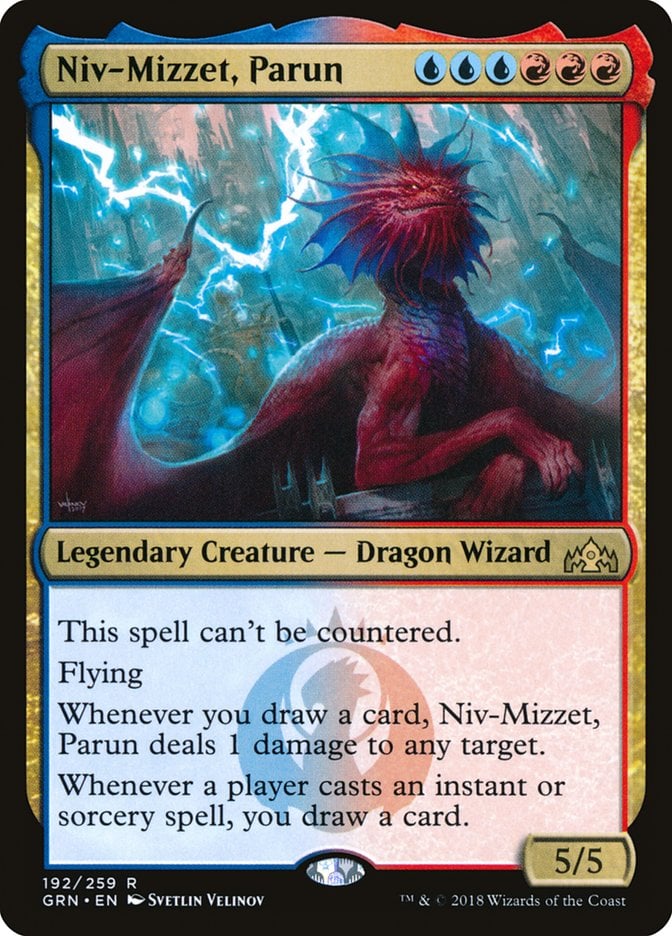
And with you also get to play the objectively, factually most fun card in all of Magic: Niv-Mizzet, Parun!
Red-Green Stompy
Nothing goes big faster than green. And in a format specifically about playing lots of colors, green provides a lot of options!
Avacyn's Pilgrim, Elvish Mystic, Llanowar Elves, and Gilded Goose will get your ramp going from the first turn, Howlpack Piper lets you cheat big creatures ahead of the curve while Halana and Alena, Partners gives them haste, and later you have no lack of big stuff to stomp foe with, like Kogla and Yidaro and two versions of Etali: Etali, Primal Conqueror and Etali, Primal Storm.
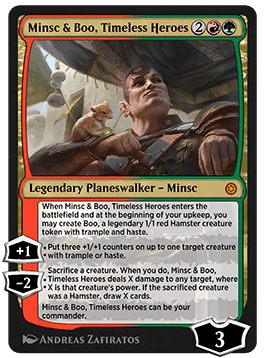
Red-green also gives you access to one big bomb: Minsc & Boo, Timeless Heroes. Note that you'll be playing with the Alchemy version rather than the tabletop version, but it's still a card you don't pass.
White-Blue Blink
Blink (also “flicker” or “slide”) is MTG slang for cards that exile a permanent and then promptly return it to the battlefield. Which may seem like a waste of time at first, but it's great for three things: permanently removing tokens (since those don't come back from exile), saving your creatures from removal, and re-using enter-the-battlefield triggers.
So, if you have Soulherder and Cloudblazer in play, you get to reuse Cloudblazer‘s gain-two and draw-two effect – a game-winning scenario unless your opponent has a way to dismantle this mini-combo.
Thassa, Deep-Dwelling, Teleportation Circle, or Yorion, Sky Nomad provide the same effect as Soulherder, and there are plenty of creatures with strong ETBs to reuse.
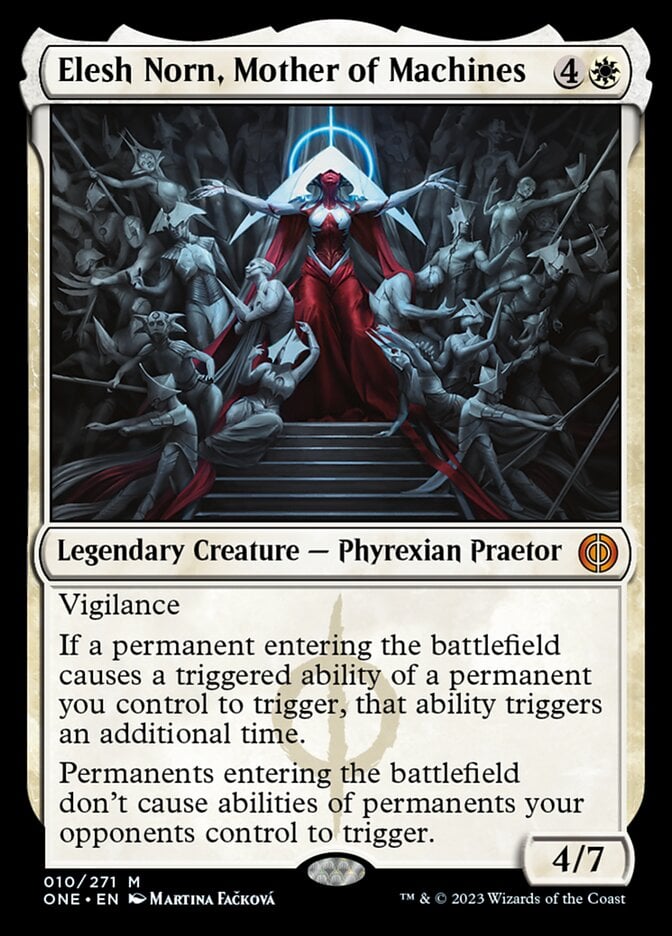
And then there's Elesh Norn, Mother of Machines, which can both push your ETBs through the stratosphere while wrecking opponents trying to do the same.
Green-White Tokens
Not much surprise here: a draft that supports tokens!
It can create them in several shapes and sizes, though. Cards like Torens, Fist of the Angels will give you the 1/1 garden variety creature, but Ghalta and Mavren can either put a big fat dinosaur on the attack or a bunch of 1/1s with lifelink on defense, and Divine Visitation will turn them into 4/4 fliers with vigilance.
And if that's not enough tokens, Mondrak, Glory Dominus can double your fun!
Mana Rocks and Mana Fixers
As its name implies, the Chromatic Cube has a lot of access to mana-fixing and ramping, letting your decks live the multicolor dreams.
Mana rocks (that's to say, artifacts that generate mana) fit any archetype, so if you need ramp or mana-fixing, keep an eye out for them. Here are a few:
There are also a lot of dual-color lands, including the shock lands. And the 2023 iteration added one of the best five-color lands in MTG: Mana Confluence. Do keep in mind that you usually want to tap out and play all your mana, so Mana Confluence‘s pings do add up.
Getting Started with Chromatic Cube
As a very broad rule of thumb, I'd say your early pick priorities for the Chromatic Cube should be:
- Pick bombs, if you see them – this is the exact same as in every draft.
- Always keep an eye out for mana fixers and ramp.
- Try to stay open at first: Although you’ll have ample opportunity to play cards with three colors or more, during your first picks it's usually better to go for cards that require less commitment.
Also, don't forget your curve! While this cube is definitely biased towards the most expensive stuff, you still want to be doing things every turn (like ramping, for example). While aggro strats are not too common in this format, you can still go pretty aggressive with tokens, for example.
Last but not least: Remember that these events, like perhaps life in general, are too short. Yes, value is important, and even crucial… but don't forget to splash a bit of fun in the mix!
Chromatic Cube Communities
Cubes take place once every several months on Arena, and they’re available for just about a week or so – too little time for a specific community to really develop around them, or even generate much discussion.
On the other hand, cubes in general do have dedicated, die-hard fans. As long as you're not averse to Reddit, I'd recommend checking:
- The MTG Cube subreddit (https://www.reddit.com/r/mtgcube/).
- The subreddit for the Limited Resources podcast (https://www.reddit.com/r/lrcast/), which is a bit of the de-facto subreddit for MTG drafting in general.
Wrap Up
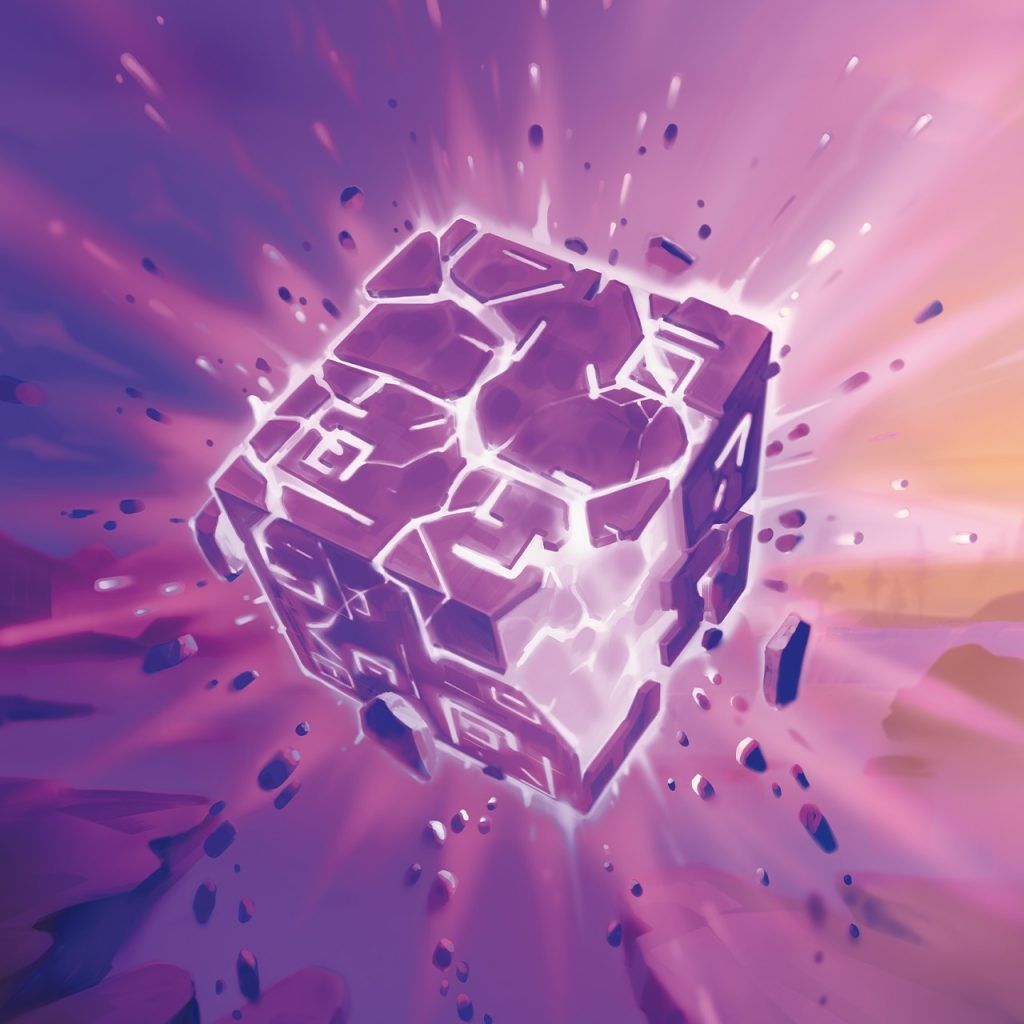
Planar Bridge (Secret Lair) | Illustration by Alexandre Leoni
There's no accounting for taste and your mileage may vary, of course, but personally, I find Arena cubes a nice bit of fresh air… and I have a hunch that's exactly why Wizards tends to make them available by the tail-end of a set, when us draft grinders have already had our fill of the Standard Draft format.
You know what they say: The only way to know if you like it is to try them out, so I hope this brief overview of the whats and hows of Chromatic Cubes has been helpful.
If you have any comments, feedback, or further questions, or are in the mood for a chat, do stop by the Draftsim Discord or ping me on the social network formerly known as Twitter.
And may all your 5-color dreams come true!
Follow Draftsim for awesome articles and set updates: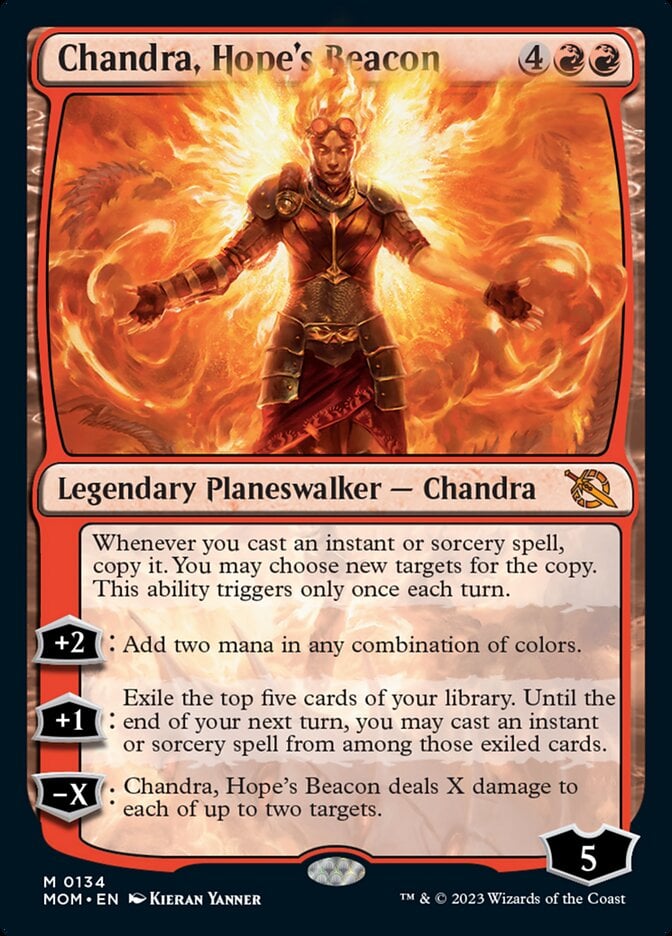
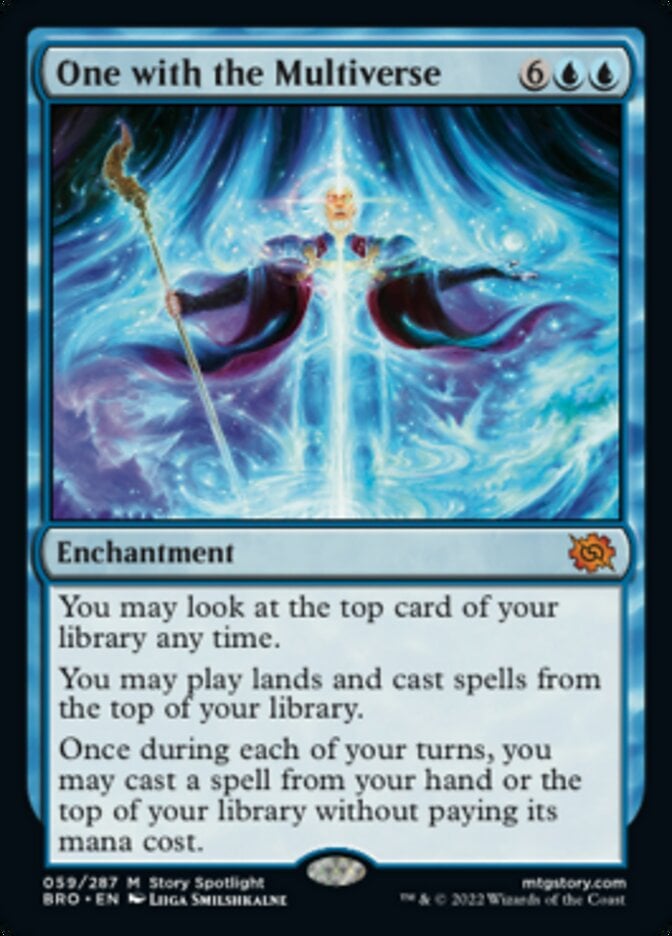

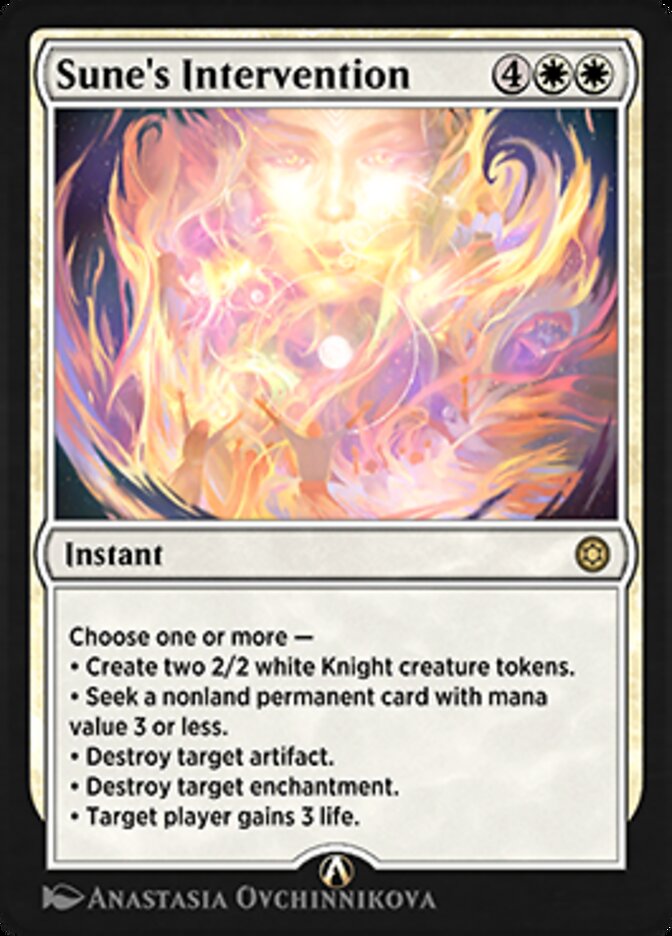
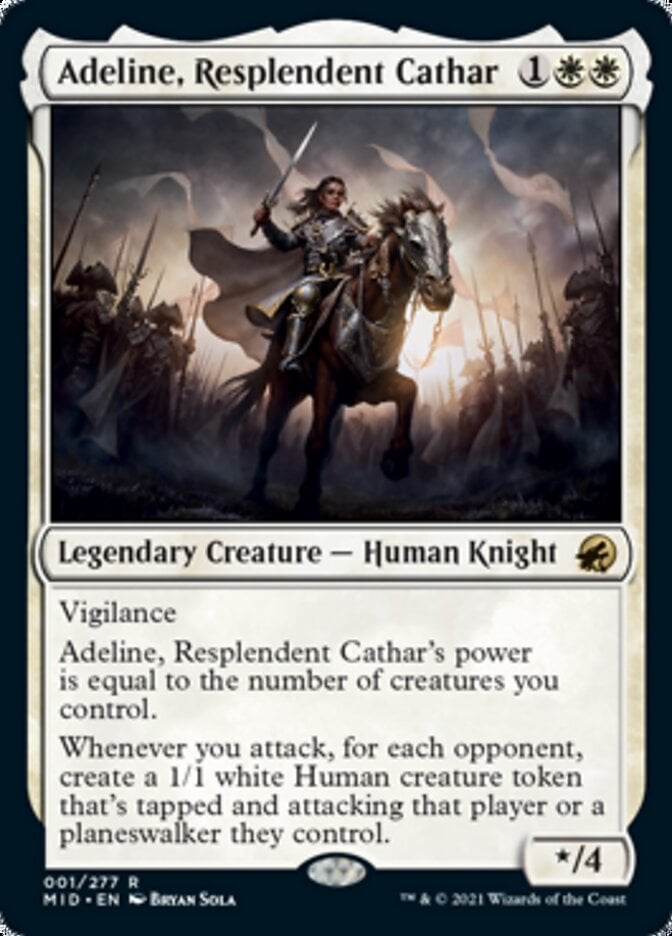
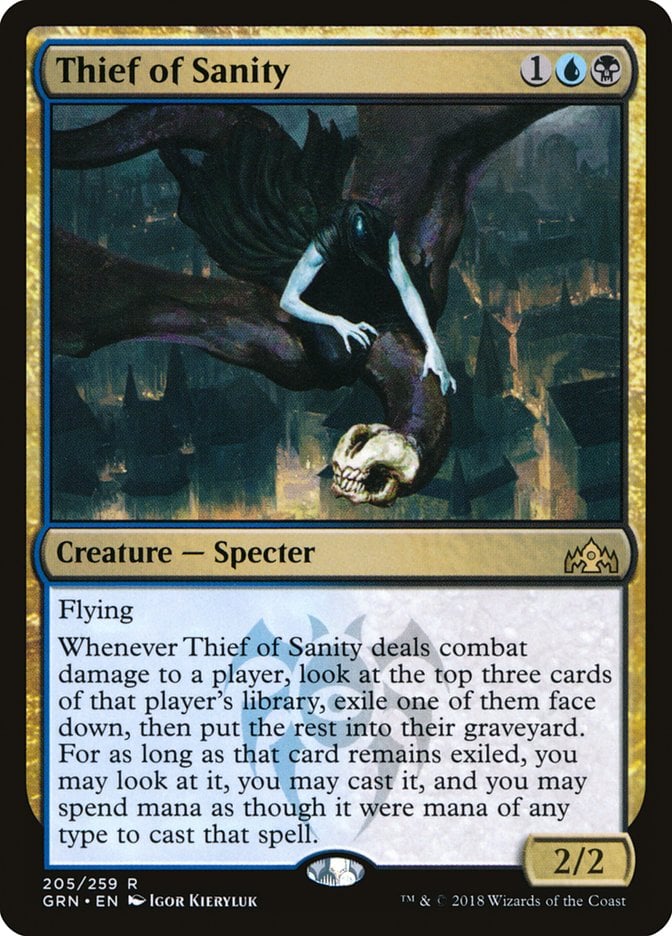
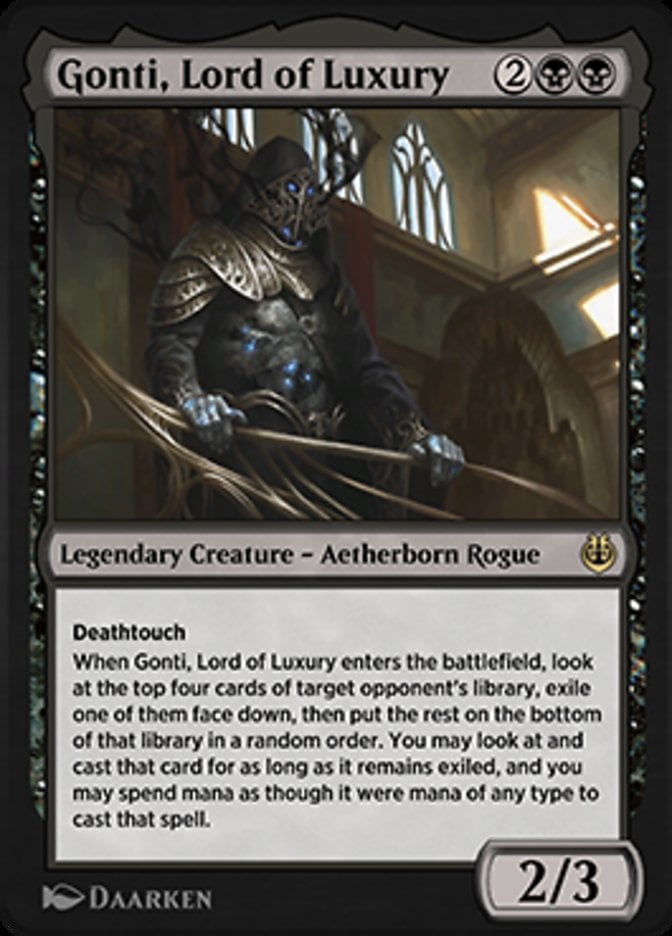


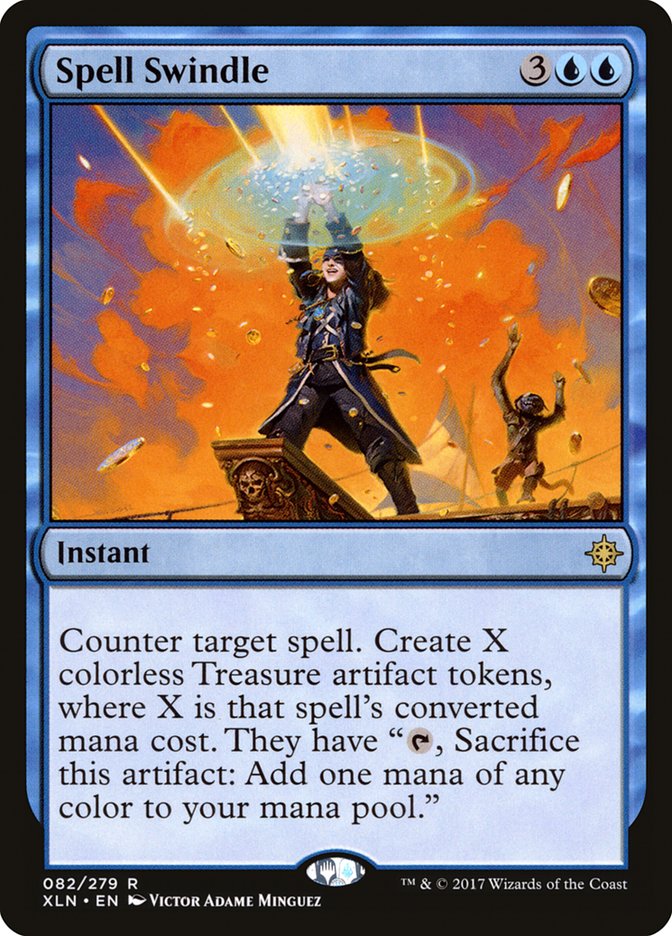
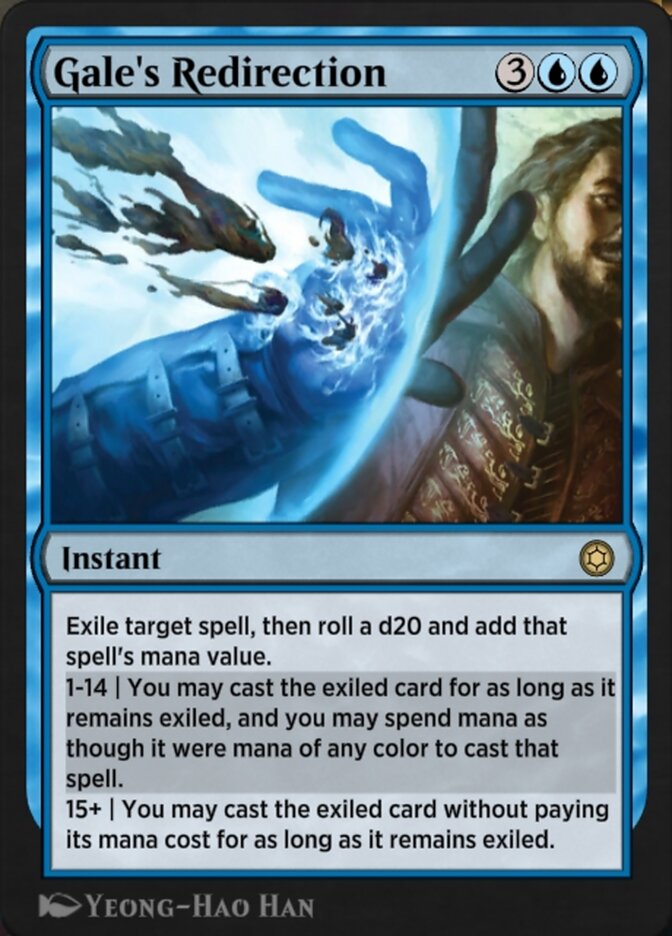


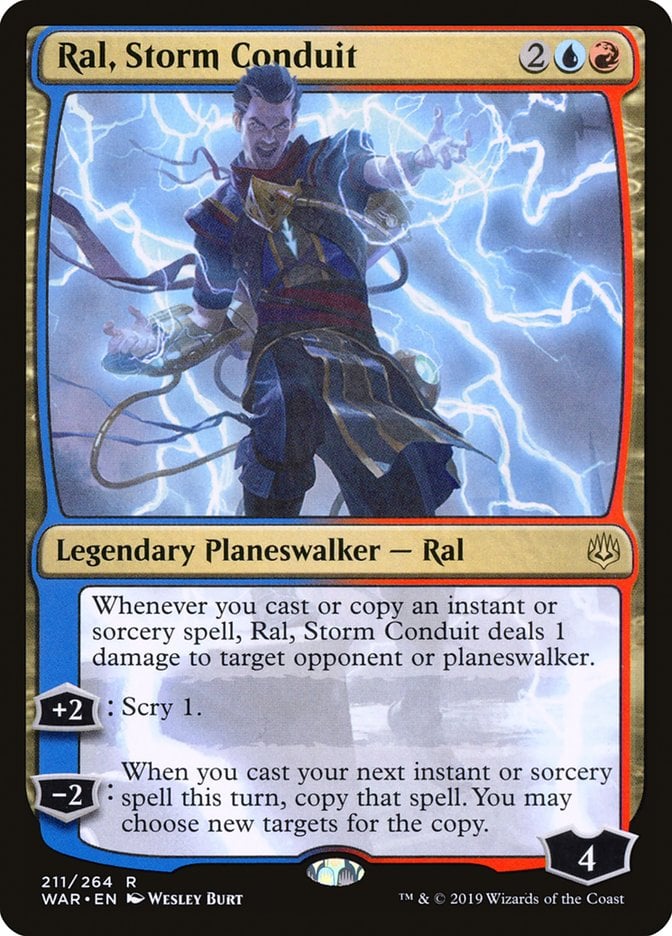

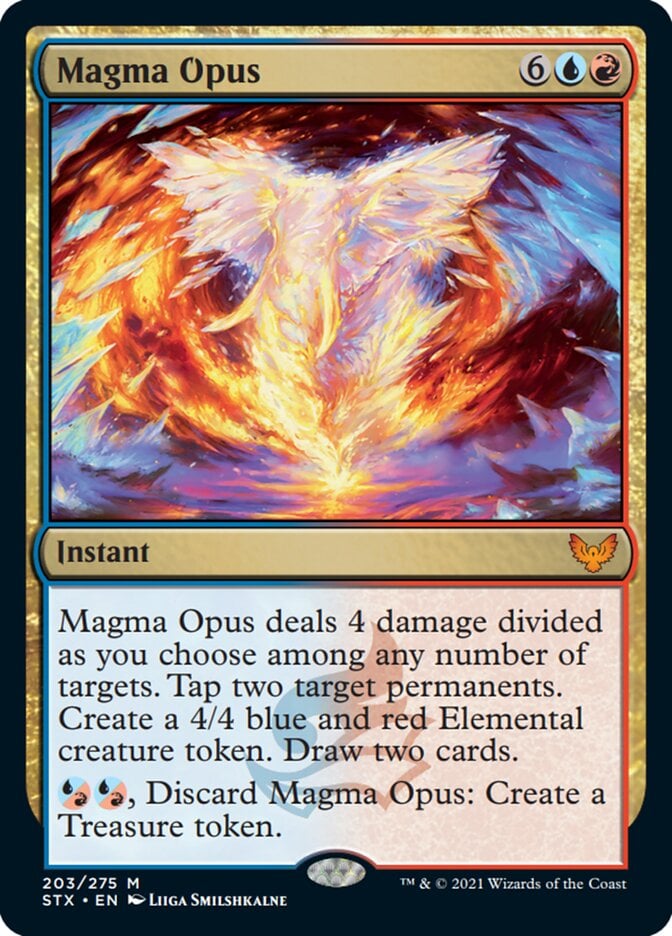
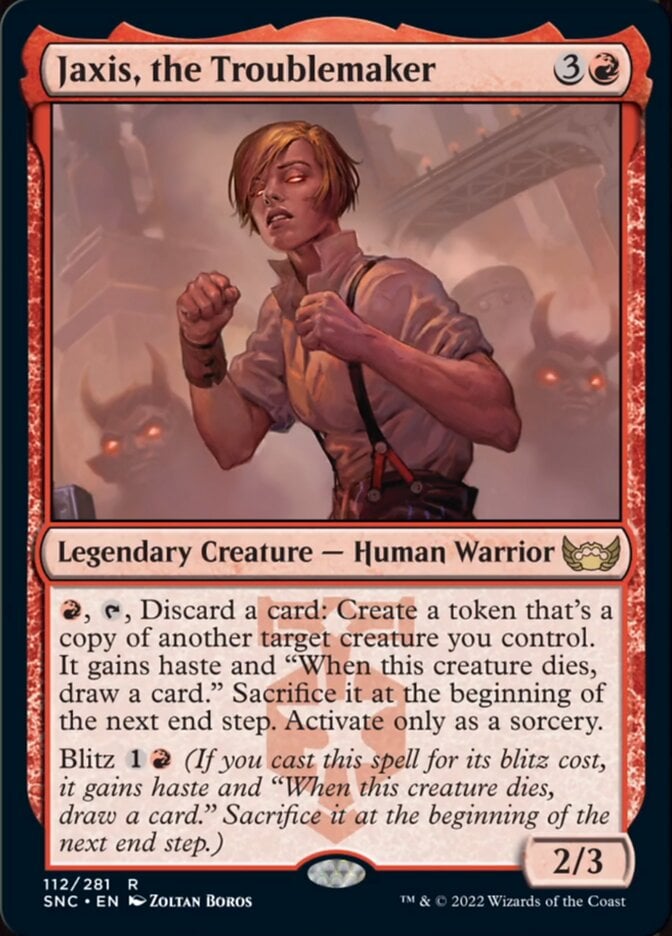
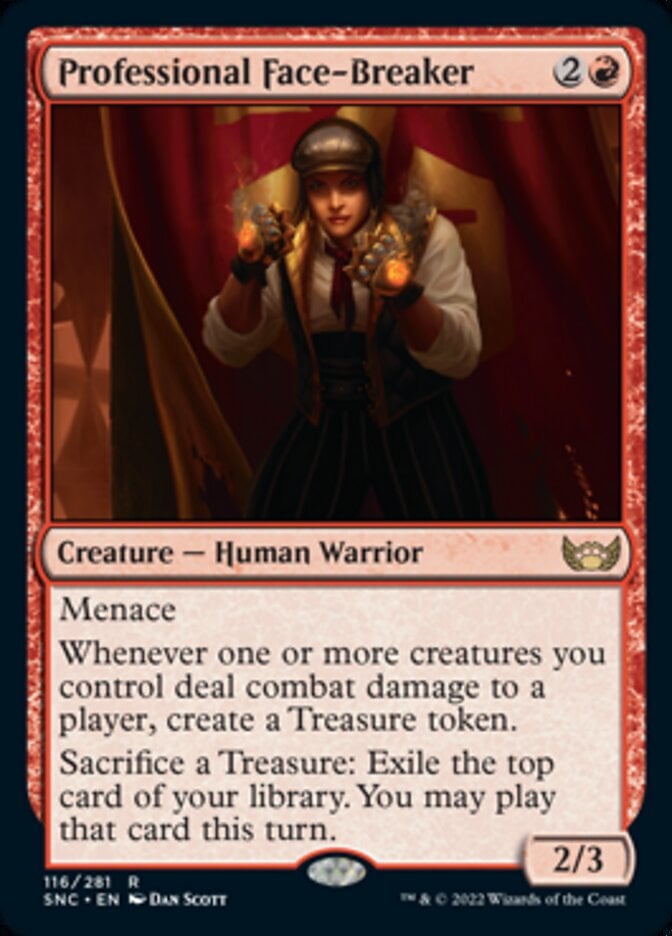


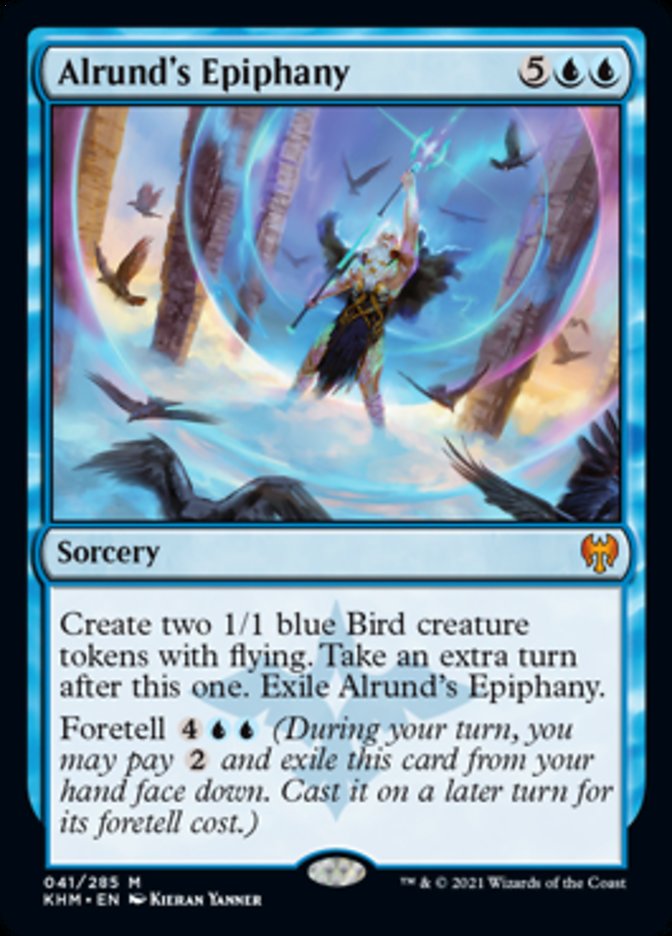
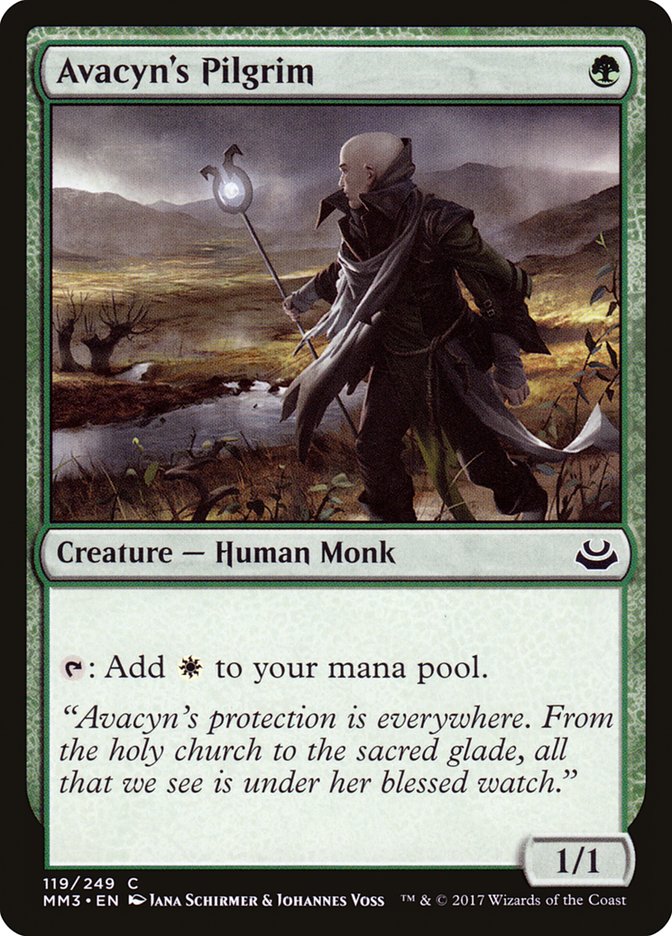
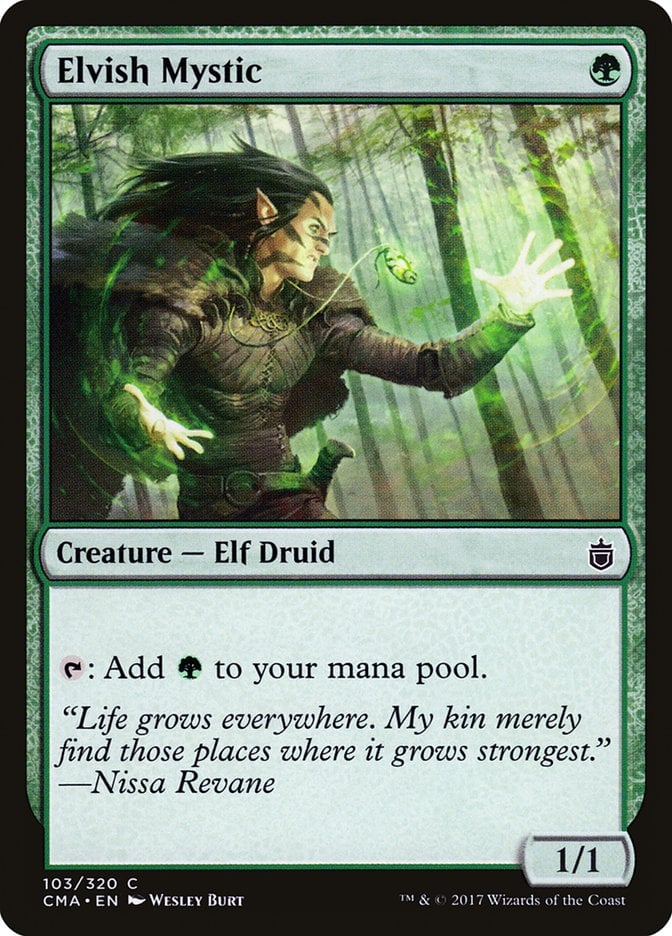
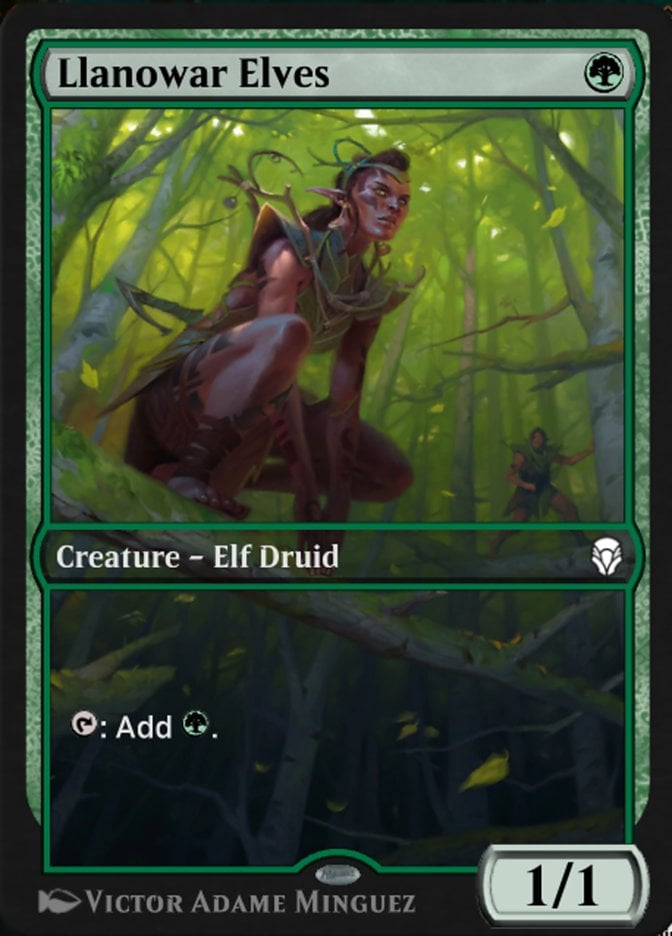


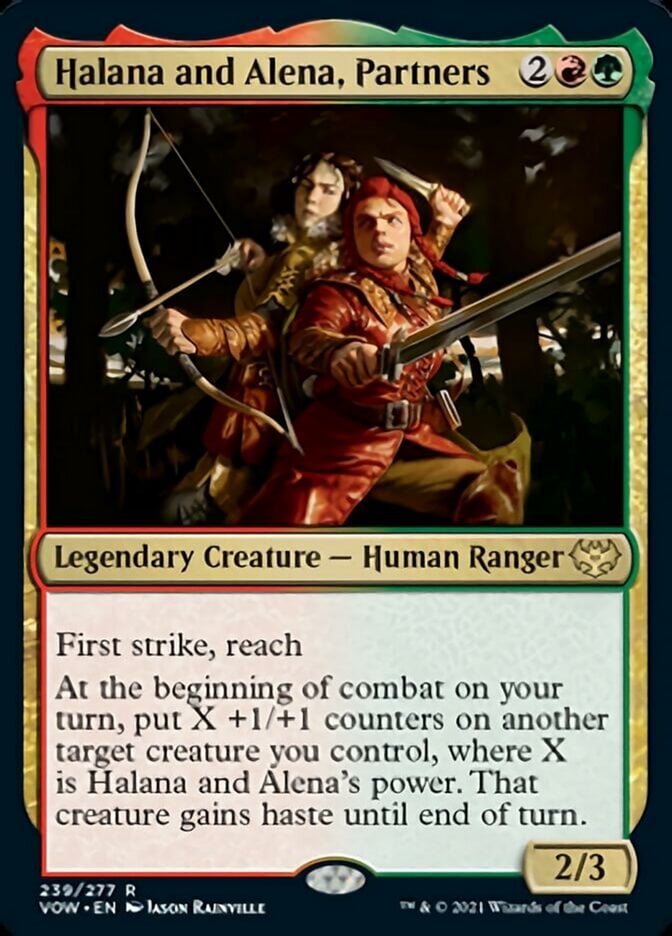
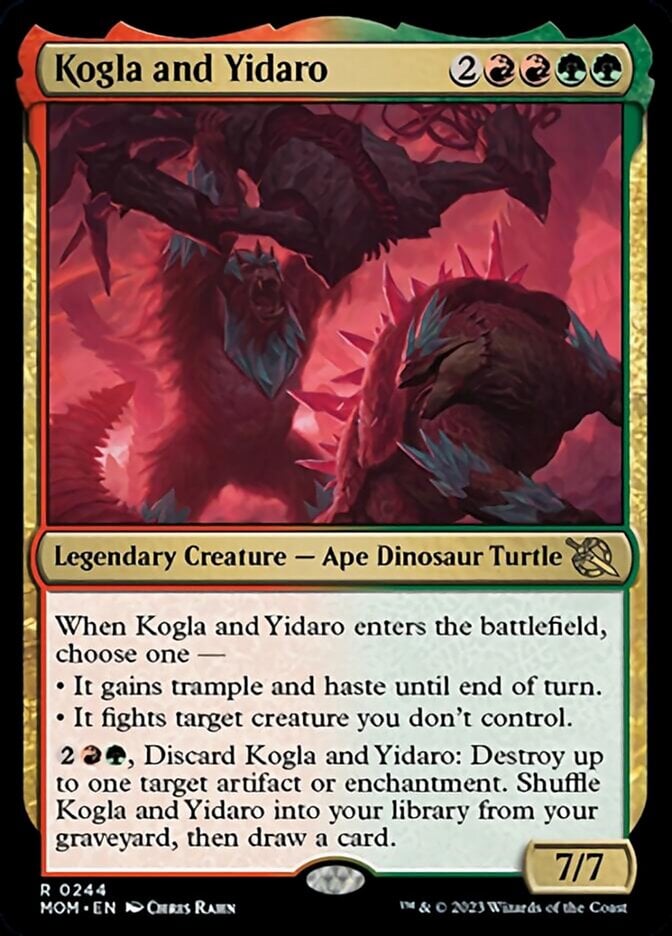
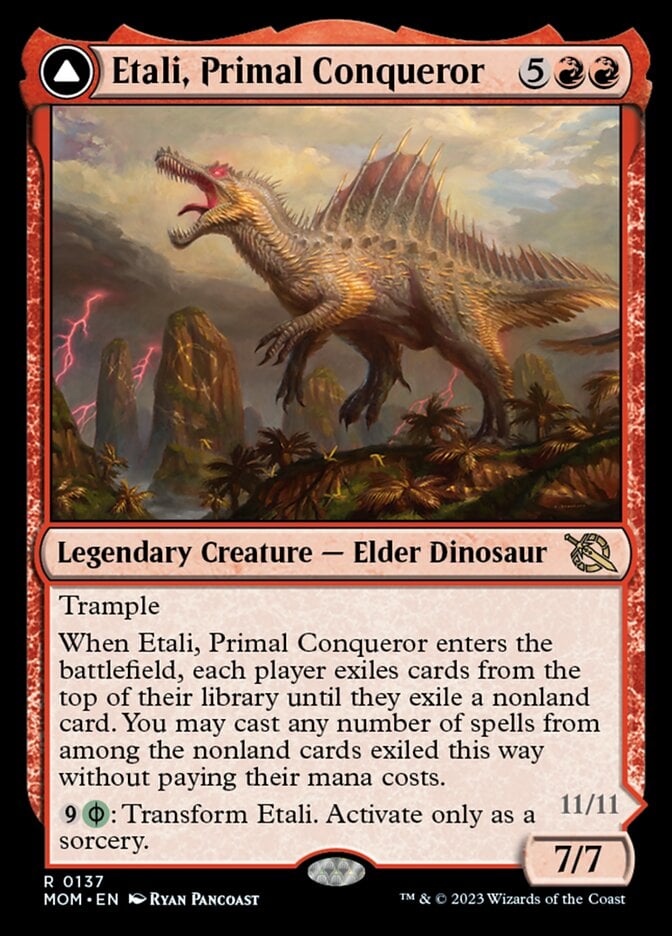

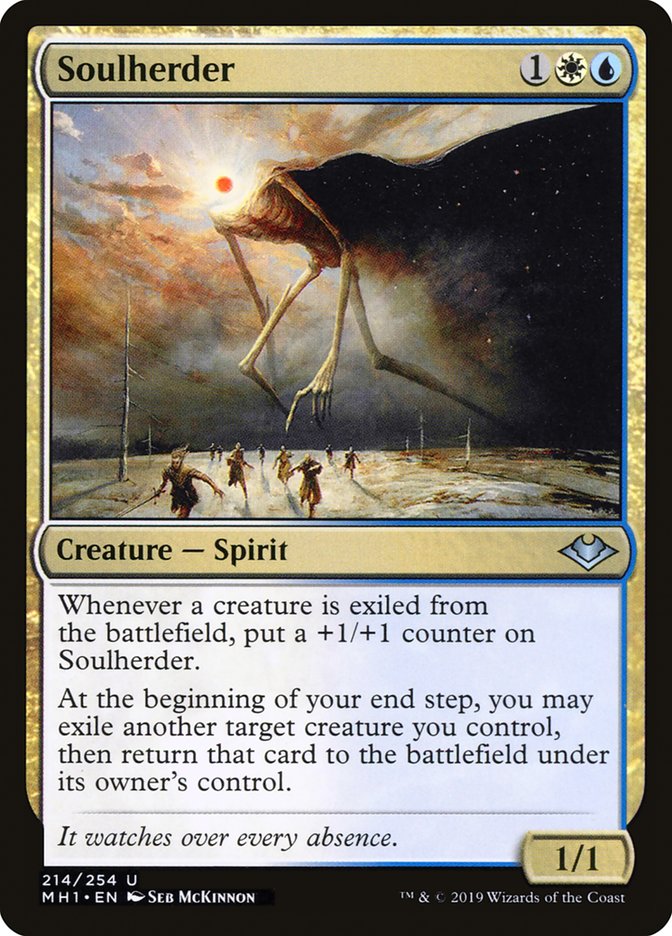
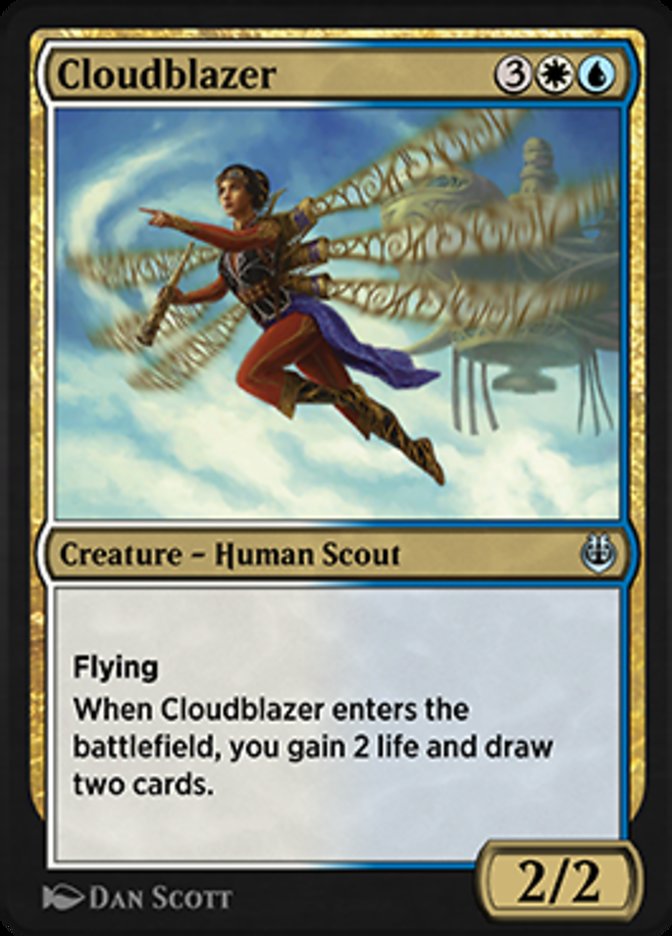

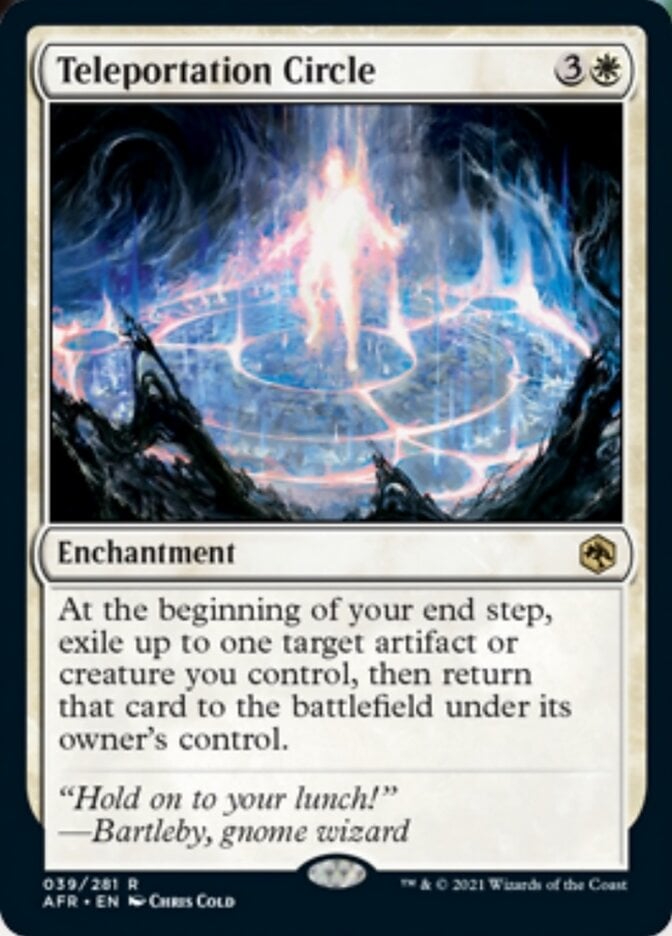


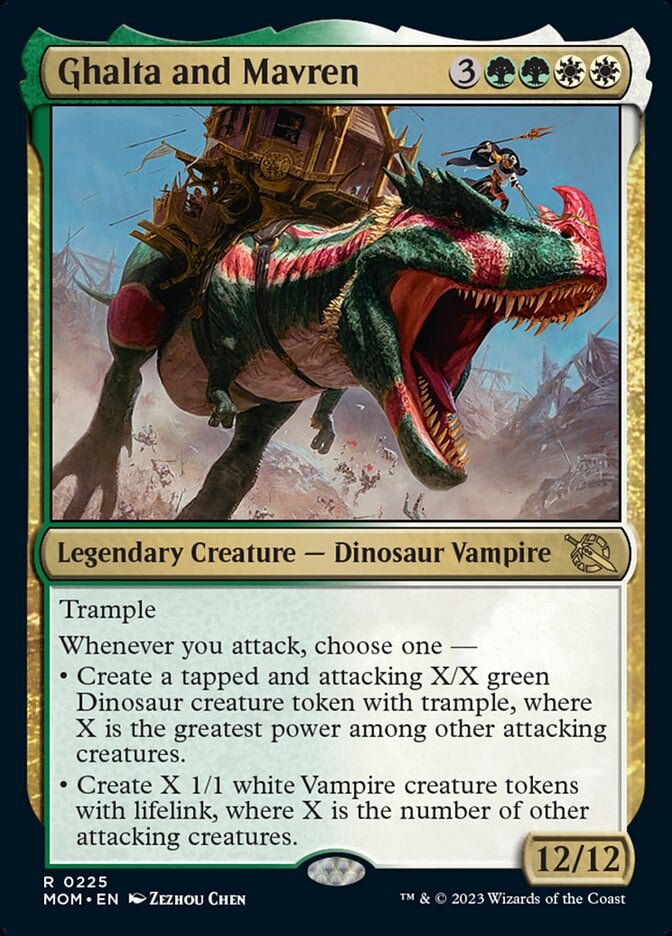



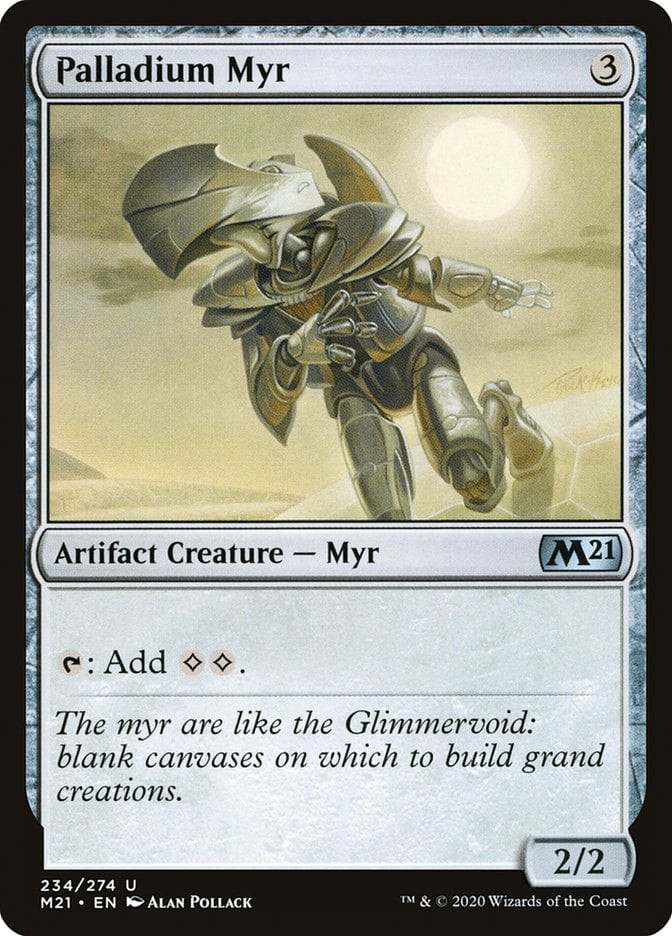

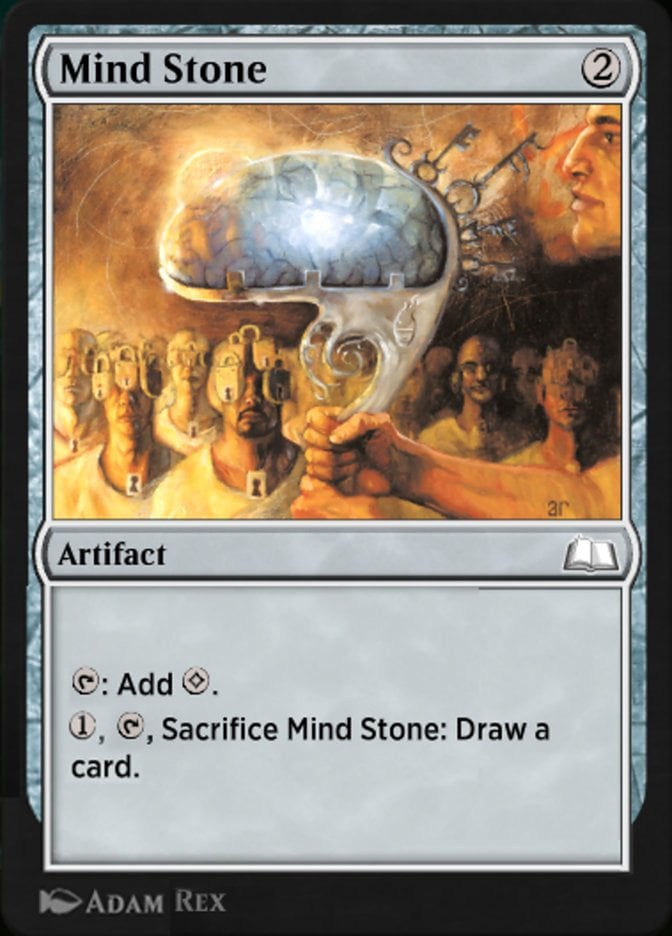

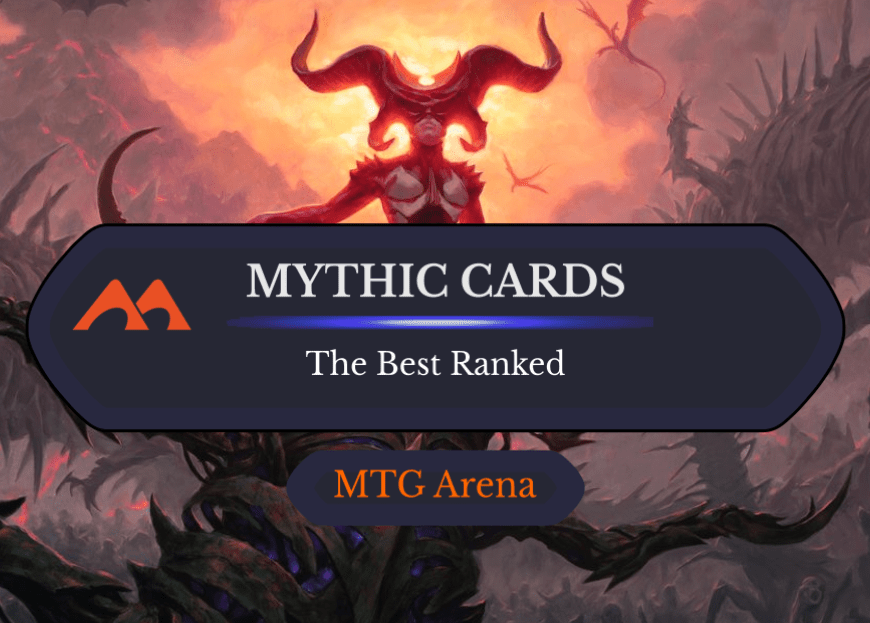
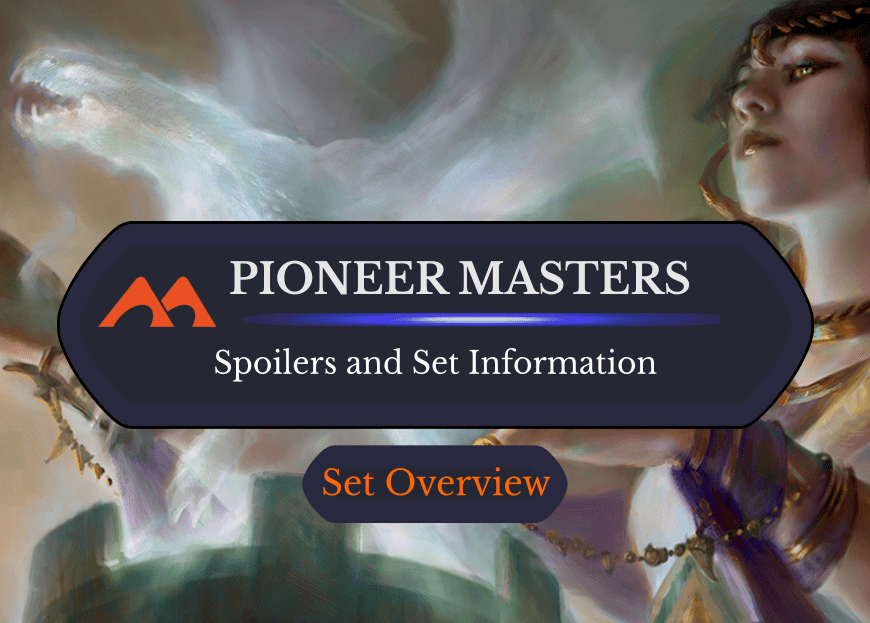
Add Comment